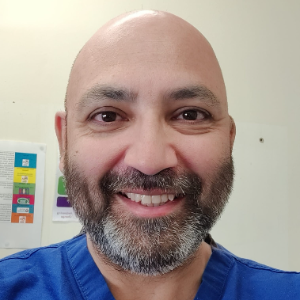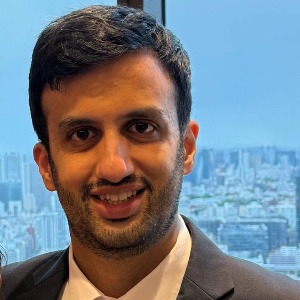Osteoarthropathy
Any condition of the bones and joints is known as osteoarthropathy. Clubbing and periostitis of the small hand joints, particularly the distal interphalangeal and metacarpophalangeal joints, are symptoms of hypertrophic osteoarthropathy. Long bone distal extension, as well as painful, swollen joints and synovial villous proliferation, are common. The disorder can emerge on its own (primary) or as a result of other diseases, such as lung cancer. It is most commonly related with adenocarcinoma and least commonly with small cell lung cancer in patients with lung cancer. Clubbing and accelerated bone deposition on long bones are common in these patients. Their only symptoms are clubbing and painful ankles in some cases. Hypertrophic osteoarthropathy is one of many cancer-related distant effects, with lung cancer being the most common cause but also ovarian and adrenal cancers. A distant effect condition, also known as a paraneoplastic syndrome, affects distant locations and is therefore unrelated to the tumor's local compression or blockage effects. Hypercalcemia, SIADH, Cushing's syndrome, and a range of neurological problems are among the other paraneoplastic syndromes.
- Clubbing And Hypertrophic Osteoarthropathy
- Neuropathic Destructive Arthropathy
- Neuropathic Osteoarthropathy
- Osteoarticular Candidiasis
- Primary Hypertrophic Osteoarthropathy
- Pulmonary Osteoarthropathy

Stephen S Tower
University of Alaska Anchorage, United States
Marcos Brioschi
American Academy of Thermology, United States
Wagih El Masri
Keele University, United Kingdom
Arif Akkok
Lake Erie College of Osteopathic Medicine, United States
Akash Ganguly
Warrington and Halton Hospitals NHS FT, United Kingdom
Sajid Ali
The Dudley Group NHS Foundation Trust, United Kingdom




Title : The UK profemur recall and implant cobaltism
Stephen S Tower, University of Alaska Anchorage, United States
Title : The tomographic phenotype and the genotype of wormain bones
Ali Al Kaissi, National Ilizarov Medical Research Center for Traumatology and Orthopaedics, Russian Federation
Title : New treatment of muscle contracture and joint contracture through muscle regeneration with mitochondrial dynamics
Ki Ji Lee, Busan Medical University, Korea, Republic of
Title : New treatment of sarcopenia through muscle regeneration with mitochondrial dynamics
Ki Ji Lee, Busan Medical University, Korea, Republic of
Title : The prevalence and association of self-reported depression symptoms with musculoskeletal pain and quality of life among pregnant women
Youssef Masharawi, Tel Aviv University, Israel
Title : Bipolar hemiarthroplasty under local anesthesia (2%)
Ketan Karabhai Parmar, Aayush Multispecialty Hospital, India